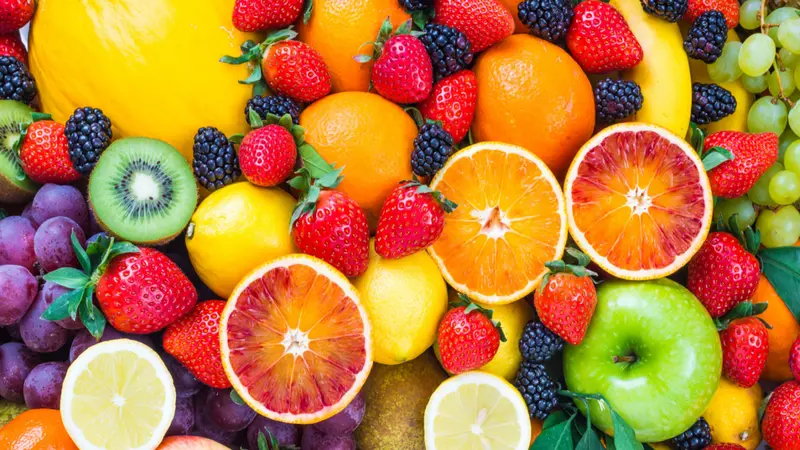

Food, Farming and Nutrition

Food, Farming and Nutrition
Tricky Summertime Behavior: Could Salicylates Be the Culprit?
If your child’s summertime behavior is challenging, they may have a salicylate sensitivity.
Salicylates are naturally occurring food chemicals in fruits, vegetables, herbs, spices, nuts, etc. Salicylates are a type of phenolic acid or phenol, which need to be broken down in the body (i.e., “detoxified”) through a process called sulfation. In the 1950s and 60s, Dr. Ben Feingold observed that foods high in salicylates and artificial additives cause hyperactivity and other symptoms in some children.
Many summertime foods are very high in salicylates, and the increase in consumption can overload the body and cause physical, emotional, and behavioral problems.
Common salicylate symptoms include:
- Red cheeks and ears
- Hyperactivity
- Irritability
- Defiant behavior
- Aggression toward self/others
- Bedwetting and day-wetting
- Sleeping challenges
Summer fruits high in salicylate include:
- Apple
- Apricot
- Avocado
- Blueberries
- Blackberries
- Boysenberries
- Cherries
- Cucumbers and pickles
- Currants
- Dates
- Grapefruit
- Grapes
- Figs
- Honey
- Kiwi
- Melons
- Mulberries
- Nectarines
- Orange
- Passionfruit
- Peaches
- Pineapple
- Plums
- Raspberries
- Starfruit
- Strawberries
- Tomato
- Tomato sauce
- Watermelon
Peeling certain fruits and vegetables can lower salicylate levels, so for some children with a moderate salicylate intolerance, removing the peel may provide enough of a reduction in salicylates.
Salicylates are also cumulative, so you can start by reducing servings or serving sizes of the fruits and vegetables high in salicylates.
If you want to determine if your child may have a salicylate intolerance, start by simply observing your child within the hour after they eat, and before bedtime, noting any correlations with high salicylate consumption. The best way to determine salicylate intolerance is to avoid high salicylate foods for a period of time, observe any improvements, and then add them back and see if you notice a reaction. You can also try digestive enzymes to help the body process polyphenolic compounds.
Two low-salicylate diets are The Feingold Diet and The Failsafe Diet. The Feingold Diet is a smaller list of salicylates to avoid and is easier to do. The Failsafe diet is much more comprehensive, but more complex and restrictive.
REFERENCES
Matthews, J. (n.d.). Challenging summer behaviors and salicylates — how popular summer foods can sabotage your child’s mood and behavior. https://nourishinghope.com/salicylates-and-summertime/


 By
By



